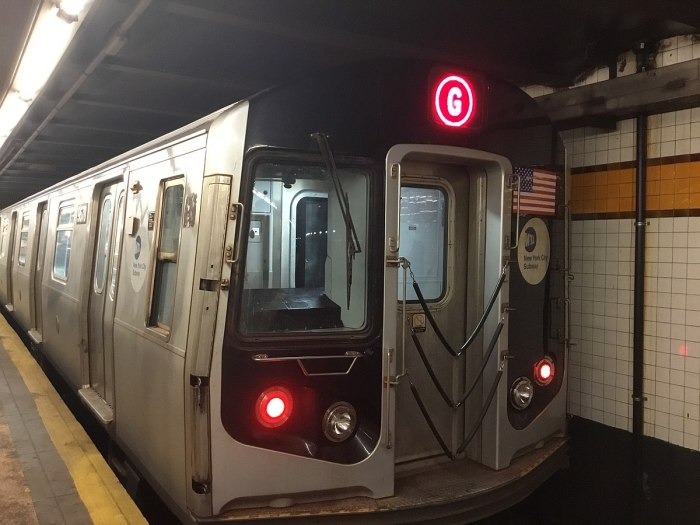It’s safe to say that Tina Luongo is not exactly a fan of sending people to jail if there’s a way not to. She’s the vocal attorney-in-charge of the criminal defense practice at The Legal Aid Society.
But Luongo said on Wednesday: “You’re safer at Rikers Island when you’re an immigrant and ICE is looking for you.”
Luongo is talking about the exploding number of arrests U.S. Immigration and Customs Enforcement officers have been making in and around New York City courthouses. It’s the local rendition of an issue being confronted in courthouses across the country.
Since January, defense lawyers and district attorneys alike have witnessed courthouses become something of a honey pot for ICE officers here — a relatively easy location to pick up those targeted by ICE, immigrants who are here illegally and whose arrests have pulled them into vast criminal justice databases.
Court dates are public information, defendants likely won’t be armed and ICE can make arrests after the defendants show up. Definitive numbers haven’t been shared by ICE or the courts, but a November report by the Immigrant Defense Project compiled 110 incidents — either attempted or actual courthouse arrests — in New York State alone since January. Most of the incidents were in NYC. The advocacy group tracked 11 during all of 2016 statewide, an almost 900 percent increase.
Tensions building in the courts
The courthouse arrests have made for tense scenes and much fingerpointing. Attorneys, immigrant advocates and some prosecutors say the practice denies due process to victims and defendants. It could also scrape away trust in the law. Will people with uncertain immigration status think twice about cooperating with a criminal investigation or appearing at their court hearings?
Court officers are tasked with enforcing the rule set by the state Office of Court Administration, ultimately overseen by New York State Chief Judge Janet DeFiore. Under current policy, ICE officers are allowed to arrest individuals within a courthouse, but not generally in a courtroom itself.
Tuesday brought another courthouse incident at Brooklyn Criminal Court, where a Mexican immigrant’s arrest led to an altercation between the defendant’s lawyer and court officers. Afterward, lawyers from a number of organizations marched outside the building in protest of ICE’s presence at the court.
Luongo says misdemeanor criminal courts seem to be targeted by ICE in particular because of their high volumes. Cases in such courts can range from trespass to assault. Better chance that ICE will find its man or woman there than at less crowded courts dealing with more serious felonies.
During President Donald Trump’s administration, records show ICE has increased immigration arrests, including those of individuals without criminal histories, so there are more people to arrest at lower courts, too.
What happens now?
Defense lawyers are angry at court officers for what they see as the officers’ roles in aiding ICE. Under court policy, ICE personnel check in with court officers when entering the building.
“We’re getting caught in the middle,” says Dennis Quirk, the president of the New York State Court Officers Association, adding that officers are just following orders. In March, Quirk sent a memo telling union members to “provide 100 percent cooperation to ICE.”
Lucian Chalfan, an OCA spokesman, says the office has requested that ICE give NY courts the same “sensitive location” status granted to churches and hospitals — meaning agents would rarely be allowed inside.
“They were receptive and promised to review their policy,” Chalfan says.
For their part, ICE officials have said agents make arrests at courthouses when other options have been “exhausted.”
Barring a change in ICE policy or state action, immigrant lawyers have looked for stop-gap solutions. That includes asking judges to set bail for defendants who would otherwise go free, keeping them in jail rather than in ICE custody. NYC jails bar ICE presence and do not cooperate with most transfers to ICE custody, such as when an immigrant is convicted of certain serious crimes. And it’s a little harder to wait around the Rikers exit.
So that’s the state of things which has defense attorneys possibly applauding their clients being sent to jail. It might be a choice between the island and deportation.
































